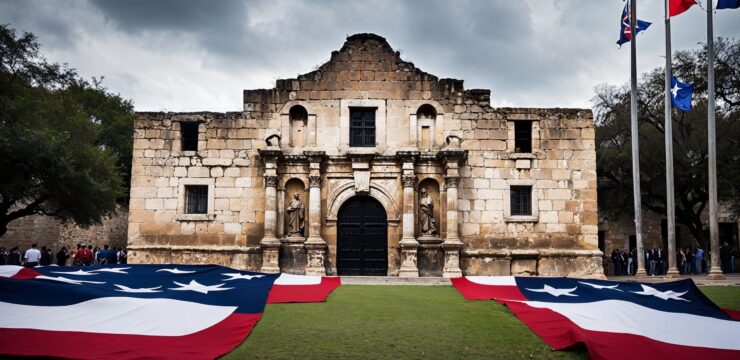The Statue of Liberty, standing proudly on Liberty Island in New York Harbor, is one of the most recognizable landmarks in the world. A symbol of freedom, democracy, and hope, this colossal neoclassical sculpture has welcomed millions of immigrants and visitors to the United States since its dedication on October 28, 1886.
A Gift of Friendship
The Statue of Liberty was a gift from the people of France to the United States as a token of friendship and to commemorate the centennial of American independence. Designed by the French sculptor Frédéric Auguste Bartholdi, with its iron framework engineered by Gustave Eiffel, the statue represents Libertas, the Roman goddess of liberty. She holds a torch in her right hand and a tablet in her left, inscribed with the date “JULY IV MDCCLXXVI” (July 4, 1776), marking the adoption of the U.S. Declaration of Independence.
A Monument of Engineering and Symbolism
Standing at an impressive 305 feet (93 meters) from base to torch, the Statue of Liberty was constructed using sheets of copper over a steel framework. It was transported in 350 individual pieces and assembled on a pedestal on Liberty Island. Over the years, Lady Liberty has become a universal symbol of human rights, democracy, and the American dream.
Ellis Island and Immigration
Located near Ellis Island, the Statue of Liberty played a significant role in welcoming immigrants to the United States in the late 19th and early 20th centuries. Between 1892 and 1954, over 12 million immigrants passed through Ellis Island, often viewing the statue as their first glimpse of America and the promise of a new beginning.
Preservation and Legacy
Over time, the statue has undergone several restorations, the most notable being for its centennial celebration in 1986. Today, it is maintained by the National Park Service and remains a major tourist attraction, drawing millions of visitors annually who come to admire its grandeur and learn about its rich history.
Visiting the Statue of Liberty
Visitors to the Statue of Liberty can explore the pedestal, museum, and even climb to the crown for a breathtaking view of New York City. Ferry services operate from Battery Park in Manhattan and Liberty State Park in New Jersey, providing an opportunity to experience this iconic monument up close.
Conclusion
The Statue of Liberty is more than just a monument; it is a beacon of hope, unity, and resilience. As a testament to the enduring values of freedom and democracy, it continues to inspire people from all walks of life, reminding them of the ideals that have shaped the United States and the world.

